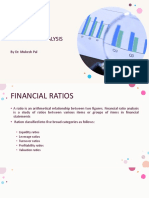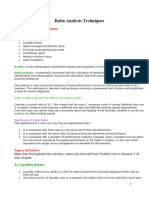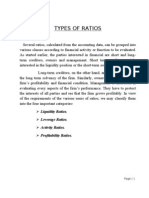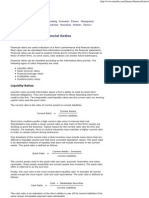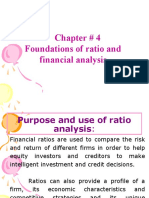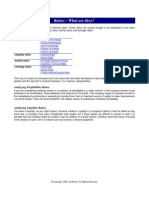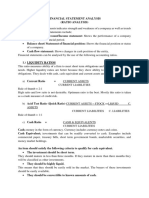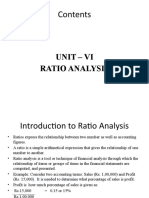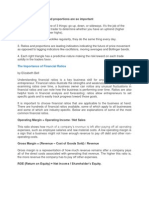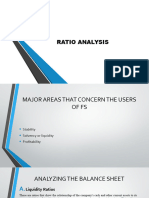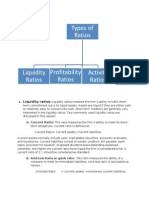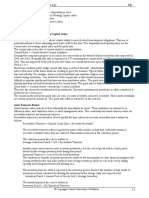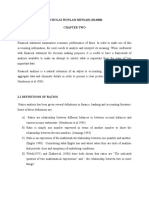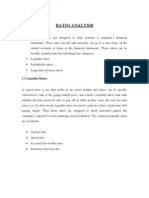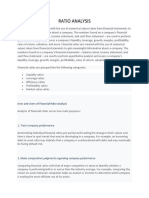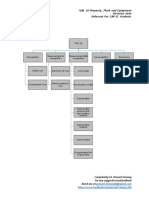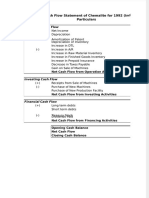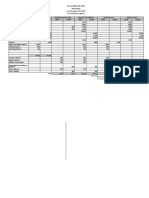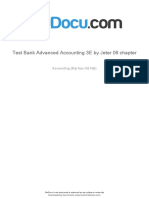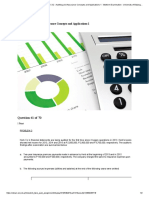0% found this document useful (0 votes)
19 views58 pagesChapter 2
The document discusses the importance of financial statement analysis through various ratios, which provide insights into a firm's financial health for both internal and external analysts. It categorizes ratios into liquidity, efficiency, leverage, coverage, and profitability, explaining their significance and how they are calculated. Additionally, it highlights the use of trend analysis and industry comparisons to enhance the understanding of financial performance.
Uploaded by
AdugnaCopyright
© © All Rights Reserved
We take content rights seriously. If you suspect this is your content, claim it here.
Available Formats
Download as PPTX, PDF, TXT or read online on Scribd
0% found this document useful (0 votes)
19 views58 pagesChapter 2
The document discusses the importance of financial statement analysis through various ratios, which provide insights into a firm's financial health for both internal and external analysts. It categorizes ratios into liquidity, efficiency, leverage, coverage, and profitability, explaining their significance and how they are calculated. Additionally, it highlights the use of trend analysis and industry comparisons to enhance the understanding of financial performance.
Uploaded by
AdugnaCopyright
© © All Rights Reserved
We take content rights seriously. If you suspect this is your content, claim it here.
Available Formats
Download as PPTX, PDF, TXT or read online on Scribd
/ 58



